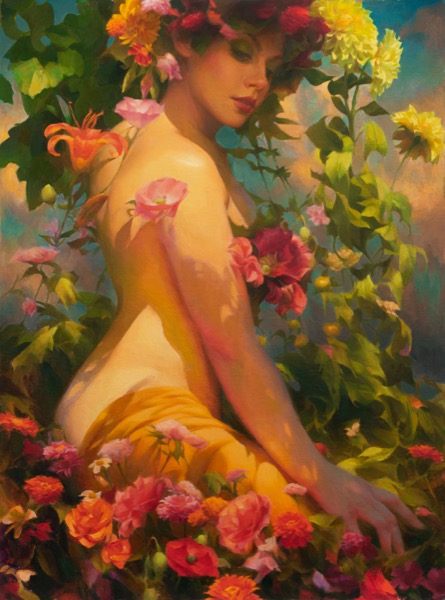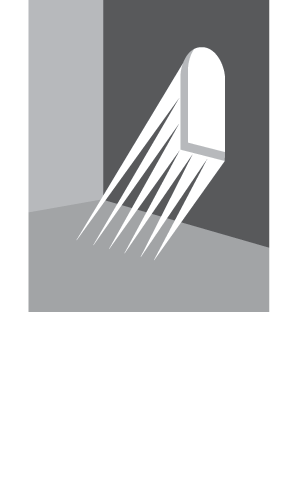Biography
Typified by arresting powers of visual imagery and spatial sophistication, Michael Gadlin’s artistry is rimmed in spontaneity, his 20-year repertoire expresses a singular uninterrupted brush stroke of Mediterranean, European and Western influences. Pushing the boundaries of contemporary art form, Michael’s work epitomizes avant-garde. Those who experience Michael’s work often discover an ethereal essence captured that defies explanation. From his early years of surrealistic impressionism until now, Michael’s work reflects an improvisational inventiveness that has garnered a loyal following among the art elite. His artistic conviction that “Direct expressionism is the most meaningful reflection of life” has prompted the evolution of an extremely cogent and intriguing portfolio of 21st century art.
Born in Denver, Colorado, Michael Gadlin has been exhibiting work throughout the United States and Europe. As a young artist, Michael studied drawing and painting at New York’s prestigious Pratt Institute. In 1999 Michael was the youngest artist ever to win “Best Of Show” at Denver’s nationally renowned Cherry Creek Arts Festival. The Vance Kirkland Museum acquired a work of his as part of their permanent collection. Michael’s well-received public art installation and government commission completed in 2004 hangs permanently in Denver’s District 2 Police Station. The Fort Collins Museum of Contemporary Art selected Michael to be included in the museum’s “Rocky Mountain Biennial”. Michael has received numerous awards and residencies where his art has taken him around the world. For more information on Michael’s work, visit michaelgadlin.com
About the work…
Techniques used in my work primarily include very loose and gestural washes with often charcoal drawing as an under layer to establish interesting design elements. I will then paint layers of texture, color, and glazes over the shapes and lines I create. This becomes the visual context of the work that gives it a unique depth and style. I often incorporate collage pieces from various sources to give my surface dimension and variety, which for me is an integral part of the relationship between the abstractions and representational imagery that is carried through my work. The work is often intermixed with latex polymer house paints, found surfaces, recycled pieces, wood, and very thin layers of glazes, stains, and dry-brush coats over one another to achieve depth, vibrancy, and luminosity in my choices of palettes. Often, as a finishing layer, a technique called “scumbling” or “dry brush” is used to establish areas of subtle textures that add textured areas to my work. The many techniques uses to create my unique interpretations are not limited to the mix of paper and wood surfaces torn and cut into complex shapes collaged together for stability. I find more recycled options to make use in my work. I simply love very much the process of discovering and “pealing layers” that from expression to ultimately find that I’ve learned something new and useful.






